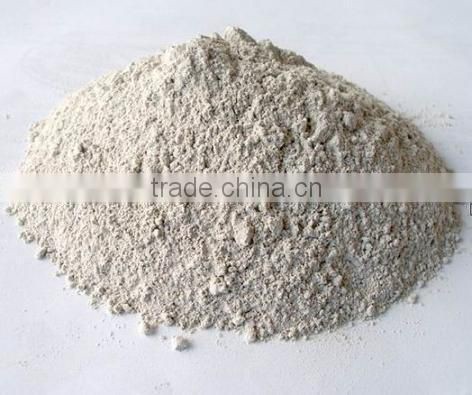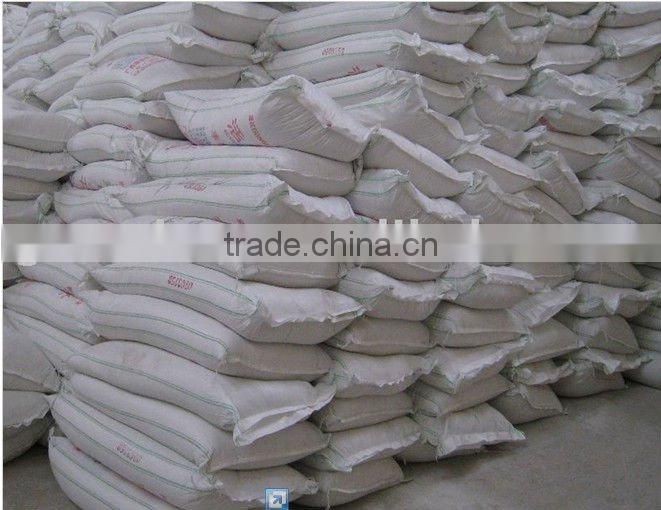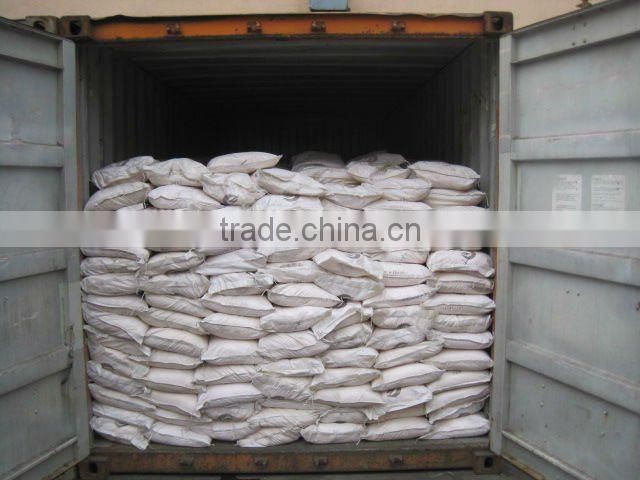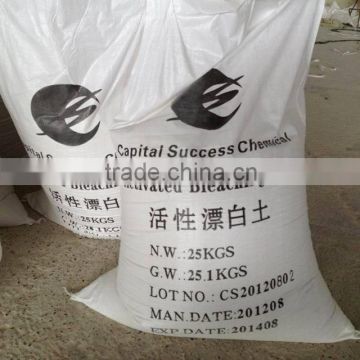activated bleaching earth for edible oil
Product description
Product Description
Specifications
activated bleaching earth
1.CSA No.:70131-50-9
2.H.S. code: 3802900090
activated bleaching earth
Constitutional Features
The laminated structure exists between molecules. With a great number of irregular cavities on the surface, it has a large specific surface area.
Physical & Chemical Characteristics
A kind of hypo-white powder, which is odorless, tasteless and non-poisonous, the product has a bulk density of 0.7~1.1g/ml. Having dispersivity, the product feels greasy. It is insoluble to water, organic solvent, and various oils & lipids.
Additionally, it has strong performance in ion interchange, selective adsorption, hydrophilicity, surface activity and catalysis. Upon being heated to over 300°c, the product starts to lose crystallization water, with its structure subject to changes and the decolorizing performance affected. In case of long storage or exposure to moisture, the absorbability can be degraded.
Capable of removing (by absorbing) asphaltene, neutral gelatine, sulfide, mineral matter of alkene naphthenic acid, and alkaline nitrogen in the lubricating oil. It improves durability & optical safety in lubricating oil. It improves durability & optical safety in lubricating oil as well as enhances anticorrosion property.
Besides, this product can be used to remove (by absorbing) pigments, flavacol B1 (AFTB1) and the carcinogenic of 3~4 benzoic pyrene in animal & vegetable oils.
Rang of Use
1. In refinement of animal & vegetable oils, used for decolorization and purification to eliminate harmful pigments, flavacol, phospholipid, saponin, gelatine and cotton acid etc. in the oil, rendering it into top grade cooking oil.
2. For decolorization & refinement of industry-used animal & vegetable oils.
3. In petroleum industry, used for decolorization, refinement and purification of petroleum, grease paraffin, white oil, lubricating oil, Vaseline and kerosene etc.
4. For recycling and regeneration of industrial waste oils (including mineral oil, such as machinery oil and lubricating oil etc.)
5. For decolorization & depuration of resin.
6. For decolorization & depuration of polyether.
7. In food industry, used as clarificant for monosodium glutamate vitamin, grape wine, candy juicy, used for stabilizing treatment of beer, and used for purification of sugar juices.
8. For alkene separation in arene and alkane, cracking of petroleum and alkene polymerization catalyzed.
Packing, Storage, Transport and Precautions
1. The internal bag is polythene film bag white the external bag is polypropylene plastic woven bag. Each bag has a net weight of 25kg.
2. Store in a ventilated and dry place. Employ a clean carrying vehicle for transportation, every effort should be made to avoid drastic shock, leisurely handling is recommended in loading & unloading to prevent any damage on the container bag. Guard against moisture and never expose the product to rains.
3. Due to its strong water absorption, the product can have its performance lowered by influence from dampness.
Specifications of Activated Bleaching earth | ||||
No | Items of Analysis | Unit | For edible oils | For industrial oils |
1 | Decolorizing rate (via the burning oil & asphalt approach) | % | ≥90 | ≥90 |
2 | Activity (nacc approach) |
| ≥160 | ≥160 |
3 | Free acid (H2SO4) | % | ≤0.3 | ≤0.5 |
4 | Water content before leaving factory | % | ≤12 | ≤12 |
5 | Granularity (over 200 mesh) | % | ≥90 | ≥90 |
6 | Filtration rate | ml/min | ≥10 | ≥10 |
7 | Bulk density | g/ml | 0.7~1.1 | 0.7~1.1 |
8 | Heavy metal (as Pb) | % | <0.005 | / |
9 | Arsenic (As) | % | <0.0005 | / |



Recommended products



